Tokyo's Architectural Marvels! TOKYO SKYTREE, Sensoji Temple, And More

Visit some of Tokyo's amazing structures on a day trip! This tour includes the tallest, the oldest, and the deepest buildings, namely TOKYO SKYTREE, Sensoji Temple, and the Metropolitan Area Outer Underground Discharge Channel. We also suggest a unique lunch spot designed by architect Kengo Kuma.
Take an Architecture Tour in Eastern Tokyo
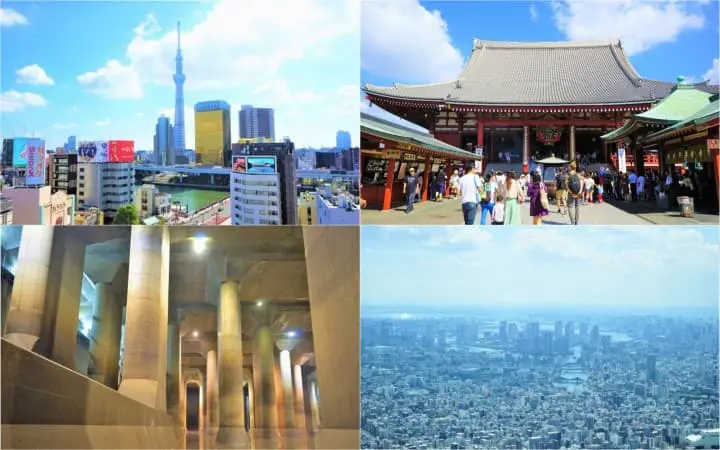
Eastern Tokyo is home to some of the most impressive buildings in the city. Here you can find the highest tower in Japan - TOKYO SKYTREE®️, the oldest temple in Tokyo - Sensoji, and one of the largest underground structures in Japan - the Metropolitan Area Outer Underground Discharge Channel. Also, buildings designed by famous architect Kuma Kengo are also located here.
How about taking an architecture tour and visit all these impressive buildings in one day? We introduce a recommended itinerary below.
8:40 - 9:00 -- View TOKYO SKYTREE from Azumabashi Bridge
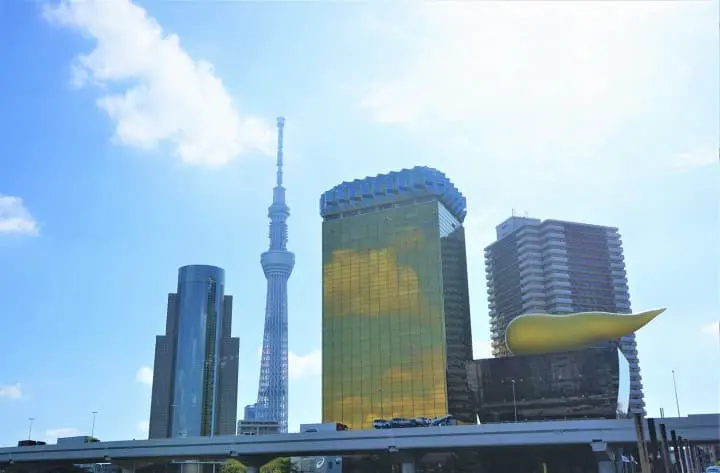
The departure point for this tour is Asakusa Station. Arrive shortly after 8:30 in the morning and head to Azumabashi, the beautiful arched crimson bridge over Sumida River.
From here, you can gaze at TOKYO SKYTREE, the beer glass-shaped Asahi Beer Tower, and the Asahi Super Dry Hall with its flame-shaped object on top. Asahi Beer is one of the leading brewing companies in Japan, and the Asahi Beer Tower is their Asakusa headquarters. Part of the building is an exhibition area open to the public.
Read also
9:00 - 9:40 -- A Kengo Kuma Masterpiece! The Asakusa Culture Tourist Information Center
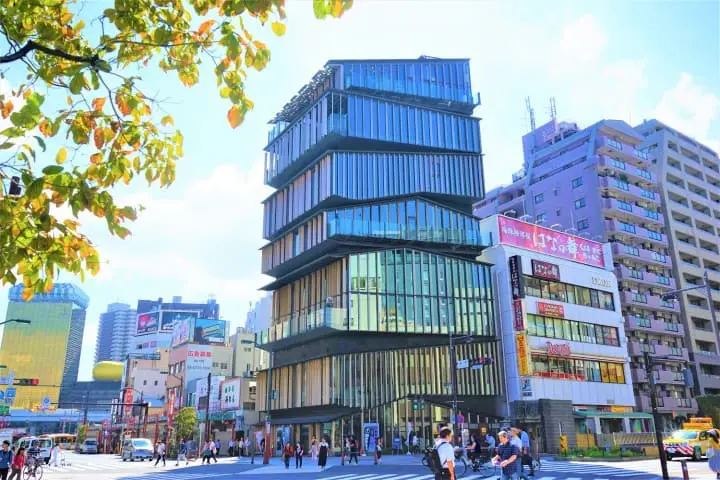
About three minutes away on foot from Azumbashi Bridge, facing the entrance to Sensoji Temple, is the Asakusa Culture Tourist Information Center. This building was designed by Kengo Kuma and was reopened to the public in 2012 after being renovated.
The outer design of the building employes wood and was created in such a way as to blend in with the retro atmosphere of Asakusa, a neighborhood of craftsmen and artisans.
At the first-floor counter, visitors are offered travel information in four languages (Japanese, English, Chinese, and Korean).
The facility hosts temporary exhibitions in the seventh-floor exhibition room. The multi-purpose space on the sixth floor shows videos that introduce the culture of Asakusa and the Taito ward. The facility often hosts events where participants can learn about and experience Japanese culture.
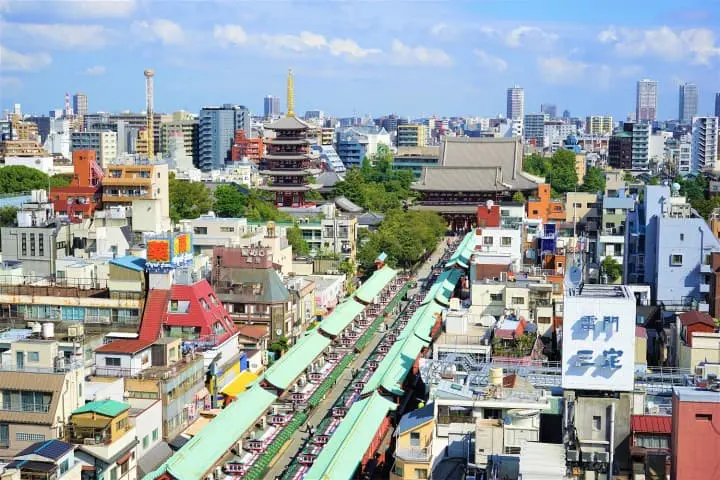
The eight-floor terrace is a free entrance observatory offering an excellent view over Asakusa. Both the TOKYO SKYTREE and Sensoji Temple can be viewed from here. The rooftop terrace can be accessed until 22:00 in the evening.
Hotels near Asakusa Culture Tourism Center
9:50 - 10:50 -- Sensoji, Tokyo's Iconic Temple
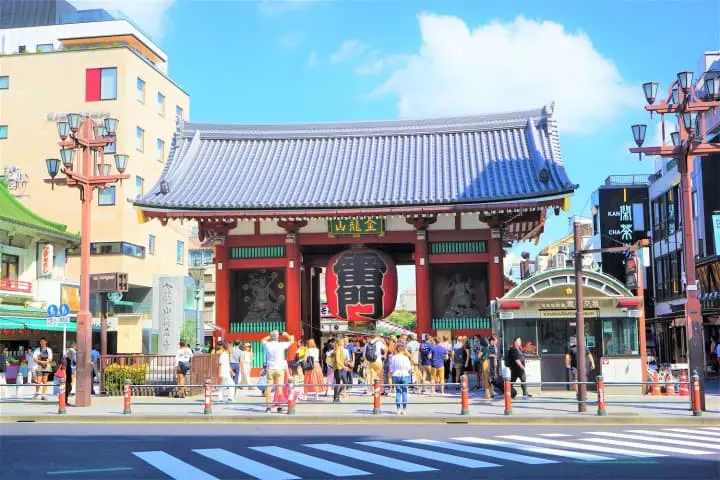
Right in front of the Asakusa Culture Tourist Information Center is the famous Kaminarimon Gate, the entrance to Sensoji Temple.
The official name of Kaminarimon is "Furaijinmon." This name originates in the fact that the gods of wind and thunder, Fujin and Raijin, are enshrined on the sides of the gate. The gods Fujin and Raijin offer protection from strong winds and floods. They are enshrined here so that they protect the temple from natural disasters.
The large lantern at the center, on which the name of the gate "Kaminarimon" is inscribed, has a beautiful sculpture of a dragon on the bottom.
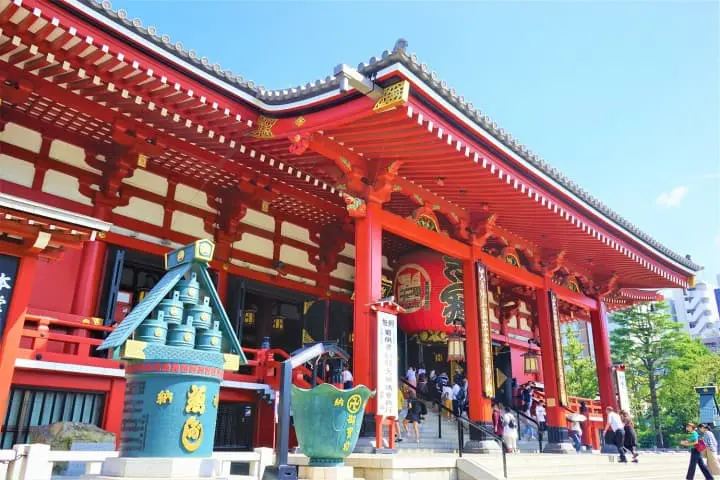
Proceed through the Nakamise-dori, the vibrant street lined with local shops, to reach the main temple hall.
This hall enshrines the main deity of the temple, Holy Kanzeon Bodhisattva. The origins of Sensoji Temple go back to the year 628.

There are several other beautiful structures on the grounds of Sensoji Temple such as the Five-Story Pagoda and the Hozomon Gate, which houses the temple's collection of Buddhist scriptures. At Sensoji, you can admire beautiful examples of Japanese Buddhist architecture.
Hotels near Sensoji Temple
11:12 - 11:15 -- From Asakusa Station to TOKYO SKYTREE Station
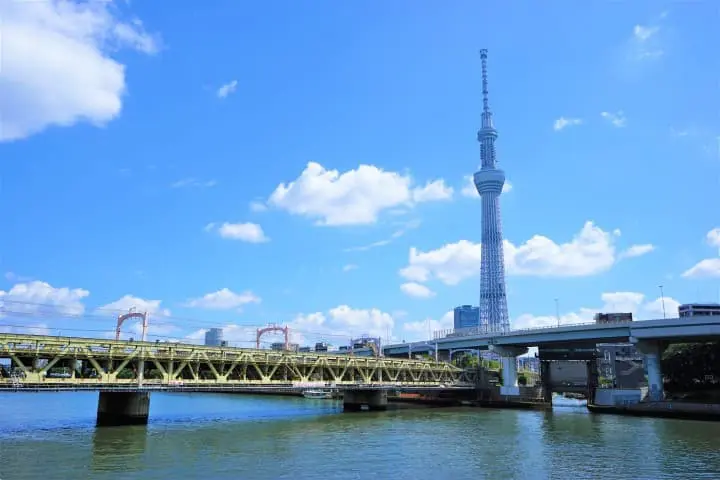
Our next destination is TOKYO SKYTREE. It can be easily reached in about two minutes by train on the TOBU SKYTREE Line from Asakusa Station. Get off at TOKYO SKYTREE Station.
A walkway connecting Asakusa Station and TOKYO SKYTREE will be opened in spring 2020. This means that you'll be able to cross the Sumida River on foot and enjoy the beautiful view of the riverbanks from above!
11:30 - 12:30 -- TOKYO SKYTREE - Enjoy the City View from the Tallest Tower!
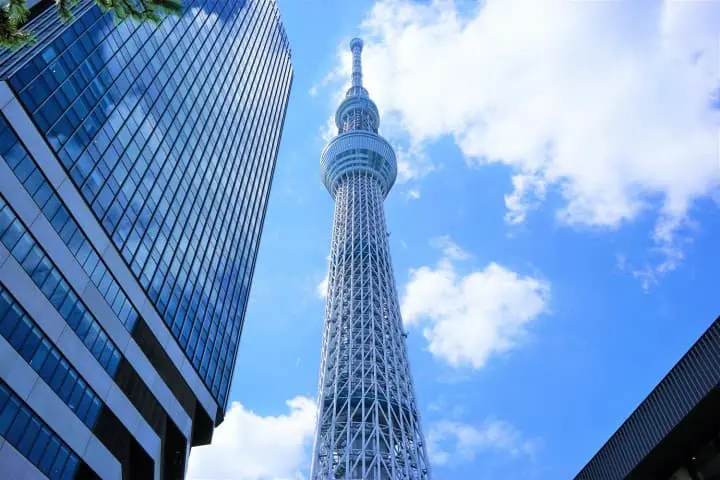
TOKYO SKYTREE is one of the landmarks of the city, offering an unobstructed view of Tokyo and its surroundings. Completed in March 2011, this impressive structure is, first of all, a broadcasting and observation tower. TOKYO Solamachi, the multi-purpose facility at the base of the tower, is home to shops, restaurants, cafes, museums, and other entertainment facilities.
The two observatories, Tembo Deck (350 m) and Tembo Galleria (450 m), are the main attraction of TOKYO SKYTREE.
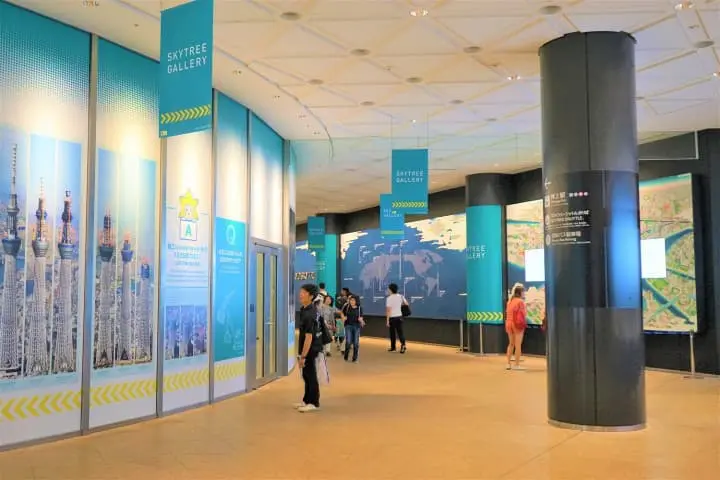
Before heading to the observatory, how about stopping for a few minutes on the first floor in the SKYTREE GALLERY to learn some facts about this tower? TOKYO SKYTREE is a miracle of engineering combining the latest technology and elements inspired by traditional Japanese architecture.
The information and pictures on display show parts of the building process, how long it took for the tower to be completed, and the highlights of the structure.
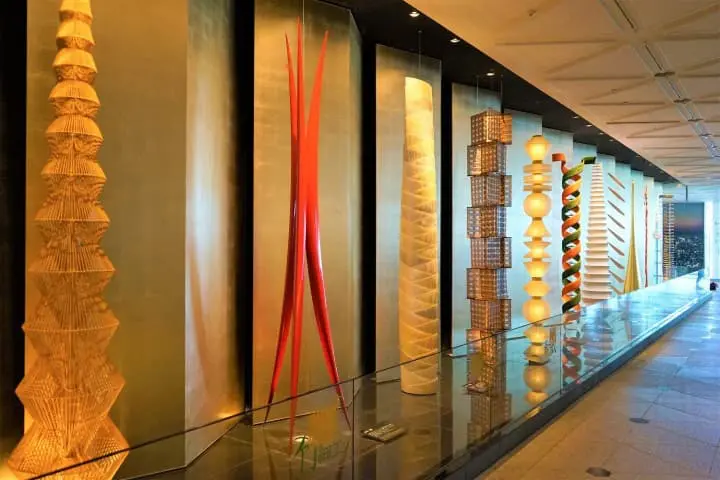
The fourth floor, where the ticket counters are located, hosts an exhibition of art objects created using traditional crafts. These objects illustrate twelve architectural elements of the TOKYO SKYTREE, such as the camber arch and the central pillar.
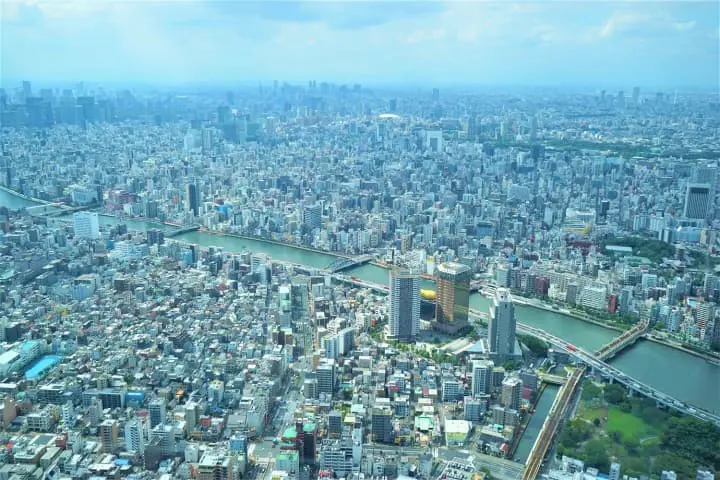
The photo above shows the view from the Tembo Deck (350 m). If you look in the direction of Asakusa, you'll easily recognize Sumida River, the Asahi Tower, and Sensoji Temple - all the buildings you saw earlier from the ground.
In the distance, you can spot other landmarks, such as Tokyo Dome, the skyscrapers in the Shinjuku or Roppongi areas, or Tokyo Tower. On clear days, you can even see Mt. Fuji from here.
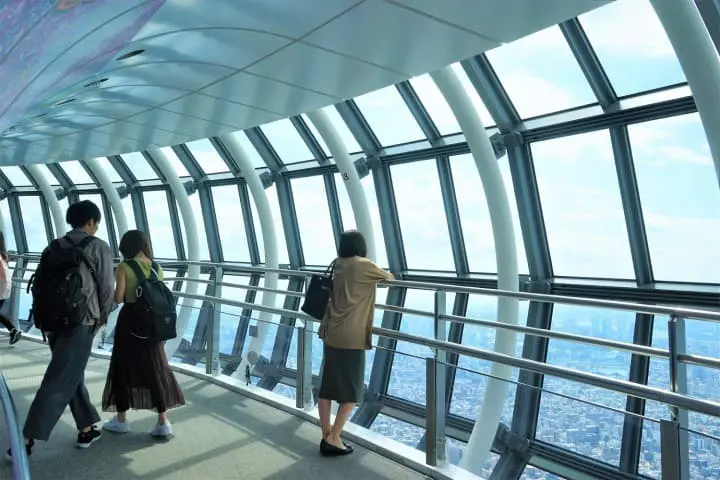
The Tembo Galleria (450 m) is a spiral-shaped observatory offering a view of the city from an even higher vantage point.
From here, you can see the ocean in Tokyo Bay glistening beyond the skyscrapers. The Tembo Galleria hosts exciting interactive exhibitions made in collaboration with characters from popular culture.
Hotels near Tokyo Sky Tree
13:00 - 14:00 -- Lunch at ONE@Tokyo, a Hotel Designed by Kengo Kuma
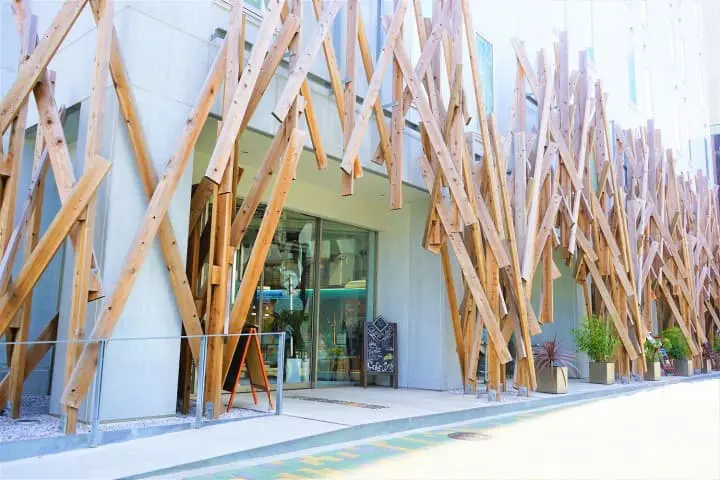
Since we've embarked on an architecture-themed tour, the lunch place should also be a special building, right? We recommend heading to ONE@Tokyo, a hotel located within 5 minutes' walk from TOKYO SKYTREE.
Conceived as an "installation for time travel towards historic Tokyo," ONE@Tokyo is a structure that combines the warmth of artisanal crafts with contemporary architecture. The facade and the interior were designed by renowned architect Kengo Kuma.
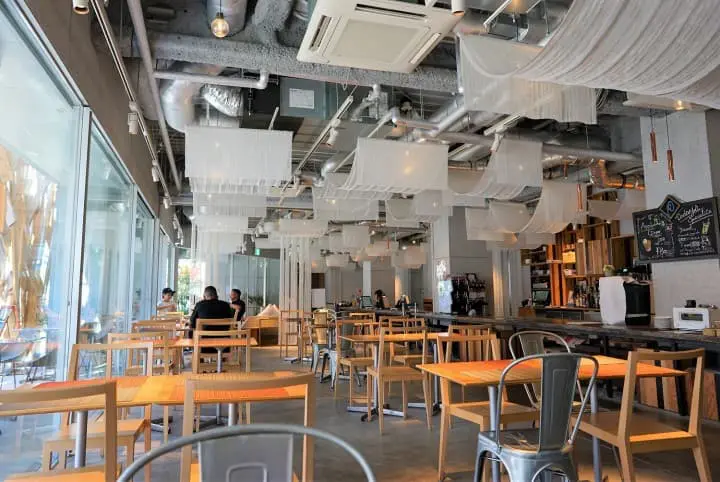
The restaurant, called @lobby cafe, is located on the first floor. It has a wide, fashionable interior that amplifies natural light. It's a very relaxing space, loved also by many locals who ocasionally dine here.
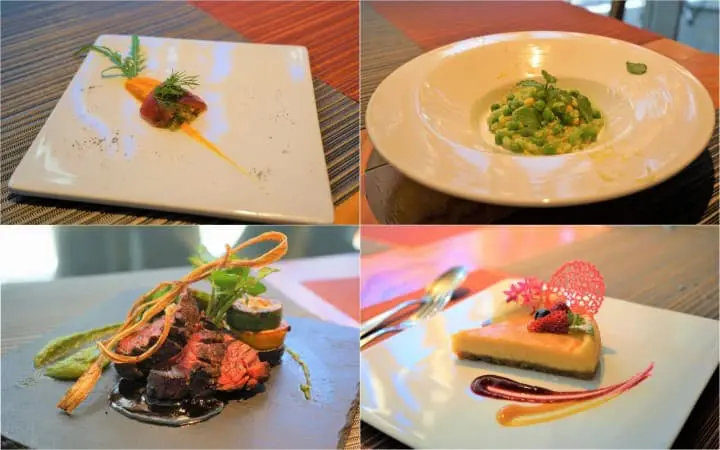
The food offered by @lobby cafe is another reason why we warmly recommend this place. The main chef is a trained expert in French, American, and Japanese cuisine, who creates refined original dishes.
From the several lunch options available, we chose the Roasted Prime Beef with Seasonal Vegetables (2,600 yen). The main dish is preceded by an appetizer and soup. All the items in the set menu are extremely delicious, offering a surprising combination of textures.
For dessert, we took the Cheese Cake (800 yen), an original creation of another talented chef at @lobby cafe. This dessert consists of freshly baked cheesecake and vanilla ice cream, a combination that is both tasty and visually pleasing.
Take your time to enjoy the exquisite dishes at @lobby cafe while taking in the stylish, relaxed atmosphere of this space.
Hotels near ONE@Tokyo
14:15 - 15:04 -- From Oshiage (SKYTREE) Station to Minami-Sakurai Station
The destination we suggest for the afternoon is one of the most spectacular underground structures in the Tokyo area: the Metropolitan Area Outer Underground Discharge Channel.
To get there, you need to travel from Oshiage (SKYTREE) Station to Minami-Sakurai Station. It's a 49-minute ride (530 yen). Take an express on the TOBU SKYTREE Line from Oshiage to Kasukabe, then change to the TOBU URBAN PARK Line taking a train headed for Kashiwa.
Once you reach Minami-Sakurai Station, you can either take a taxi to the Metropolitan Area Outer Underground Discharge Channel (the ride takes about 10 minutes and costs around 1,600 yen) or walk for about 30 minutes to the facility. Please keep in mind that the last tour starts at 16:00.
16:00 - 16:55 -- An Amazing Structure! The Metropolitan Area Outer Underground Discharge Channel
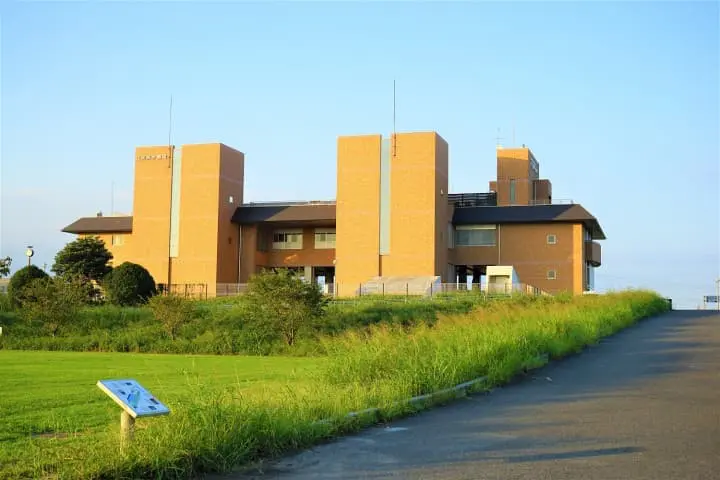
The Metropolitan Area Outer Underground Discharge Channel is a large scale underground discharge channel built in order to avoid the risk of floods. When the level of water rises in relatively small rivers such as Nakagawa or Kuramatsu, the discharge channel directs the exceeding water quantity toward Edogawa River, which has a larger capacity. In this way, the facility helps avoiding floods in the region.
The facility can only be visited on guided tours. Seven tours are held every day, with the last one starting at 16:00. A tour takes about 50 minutes.
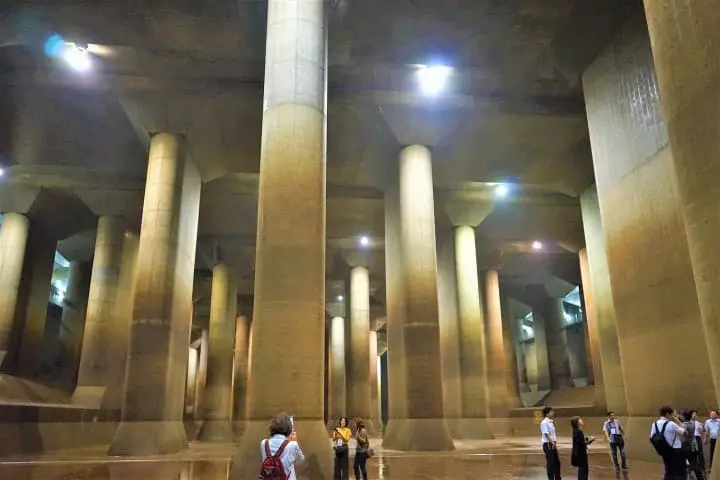
After listening to a short introduction of the facility in the main building, the tour participants descend 116 steps into the underground water tank. The pillars sustaining the ceiling are 18 meters high.
In case of heavy rainfall, the surplus water from the rivers east of Tokyo is taken over in immense cylindrical pits that go 70 m deep into the ground and temporarily stored in a tank located about 50 meters underground. The stored water is then pumped into the Edogawa River. Part of one of the cylindrical pits is also included in the tour.
Just being here, you'll feel as if you were visiting an underground temple! This spectacular facility is often used as a filming location for movies and music videos.
17:37 - 18:31 -- From Minami-Sakurai Station to Asakusa Station
After visiting The Metropolitan Area Outer Underground Discharge Channel, how about walking back to Minami-Sakurai Station? The quiet, residential atmosphere of Minami-Sakurai will give you the chance to meditate on what you saw during the day. It's also a great chance to take a look at a residential area in a Japanese city on the outskirts of Tokyo.
To go back to Asakusa Station, take a train on the TOBU URBAN PARK Line and change at Kasukabe Station. Make sure to hop on an express headed for Chuo-Rinkan. Once you reach Hikifune Station, change to a local train headed for Asakusa. The whole ride takes less than one hour (600 yen).
After 18:45 -- Enjoy Dinner and a Drink in Asakusa on Hoppi Street
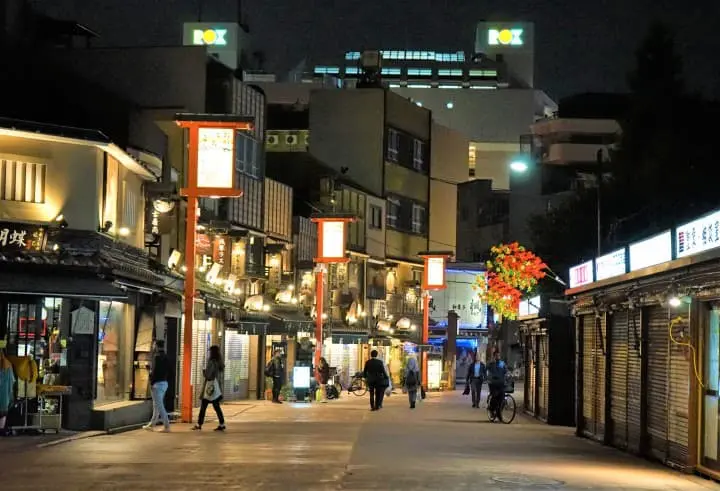
For a pleasant ending of the day, how about dinner or a drink on Hoppi Street, one of the quirky streets in Asakusa? This street is lined with izakaya bars and dining places that offer local specialties.
Just follow the quiet, traditional Denpoin-dori (shown in the picture above) and go to the right when reaching the intersection. One of the most vibrant areas of Asakusa, Hoppi Street gets animated after dark.
We hope you enjoy the architecture-themed tour in eastern Tokyo. It will leave beautiful memories for sure!
Route summary
Asakusa Station → Azumabashi Bridge → Asakusa Culture Tourist Center → Sensoji Temple → TOKYO SKYTREE → Lunch at ONE@Tokyo → The Metropolitan Area Underground Discharge Channel → Asakusa Station → Hoppi Street
Expenses
Transportation: train 1,300 yen; taxi 1,600 yen
Lunch: around 4,000 yen
The Metropolitan Area Underground Discharge Channel tour fee: 650 yen
For other wonderful places to visit along the Tobu lines, please check the following website: https://www.tobu.co.jp/en/
The writer visited these facilities on September 17, 2019.
Supported by TOBU Railway Co., LTD.
Web content editor and travel writer at MATCHA.




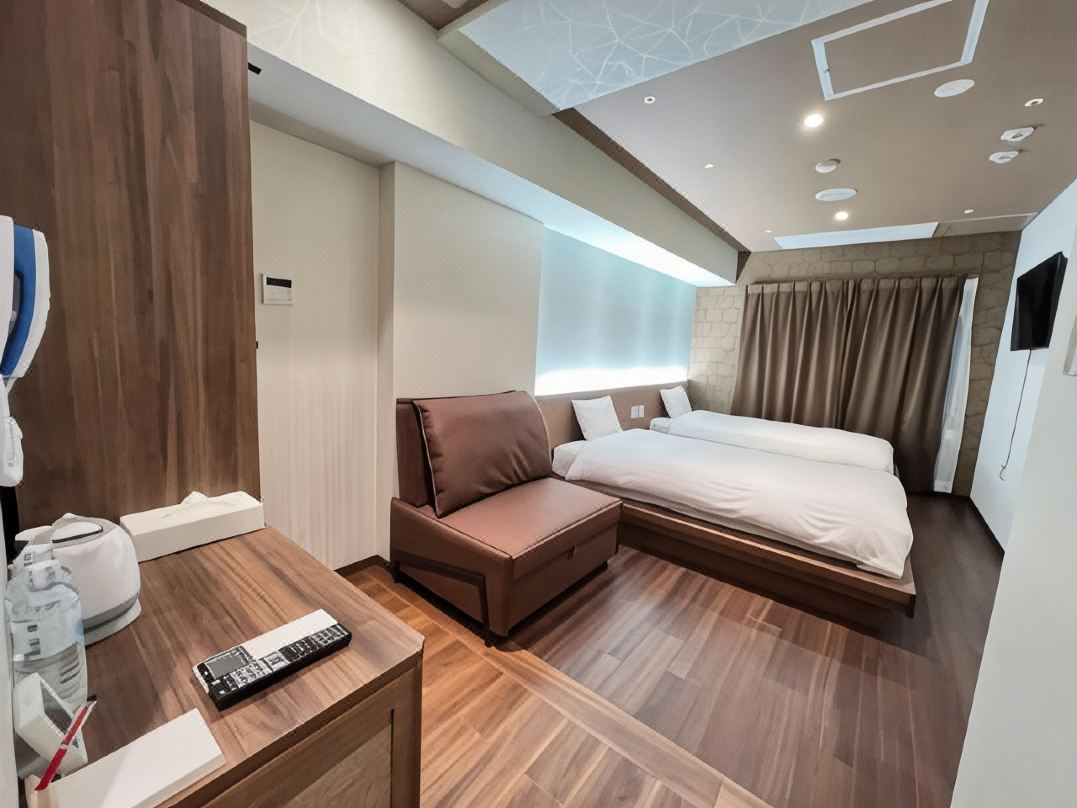

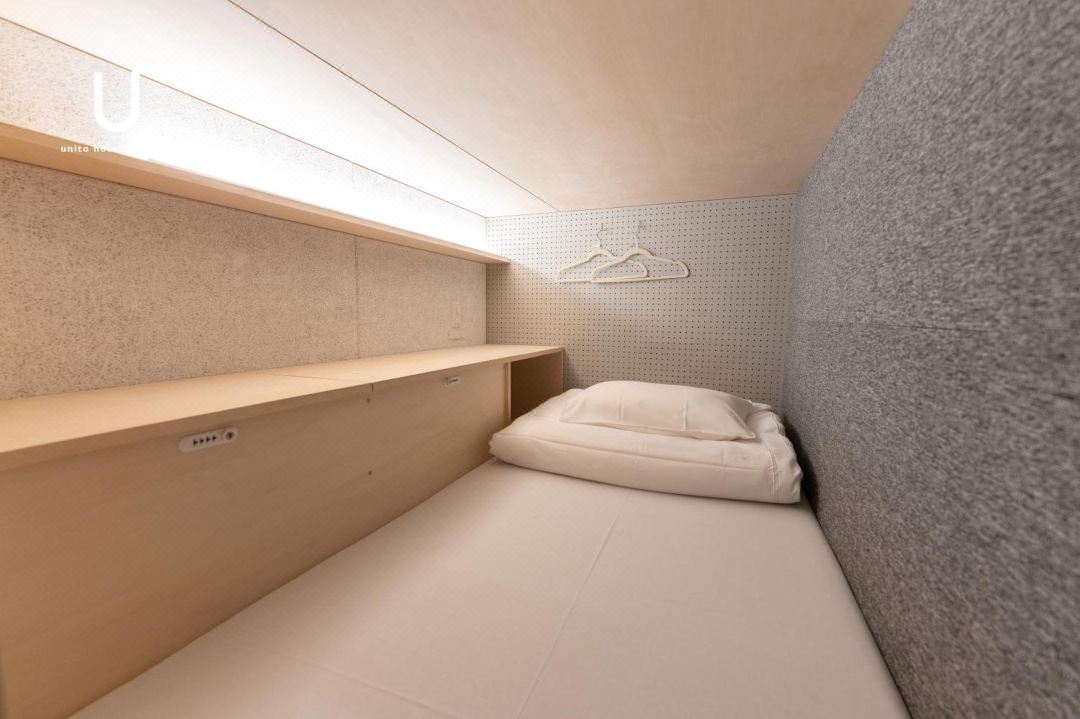
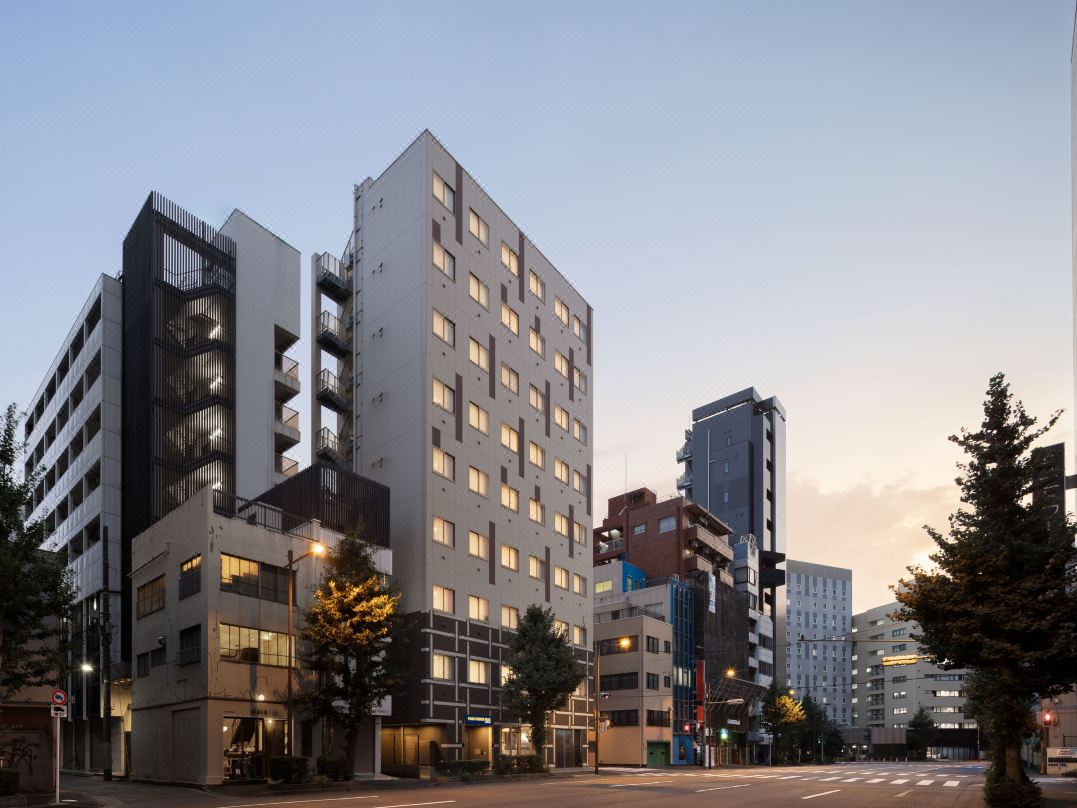



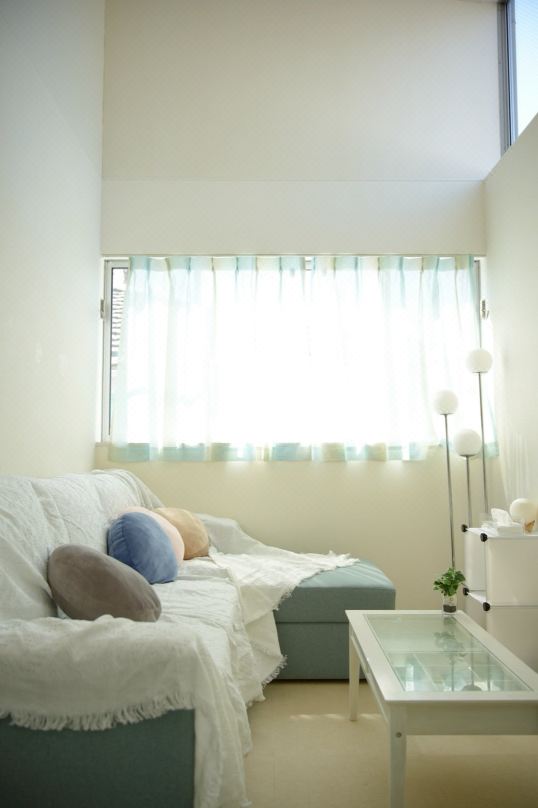
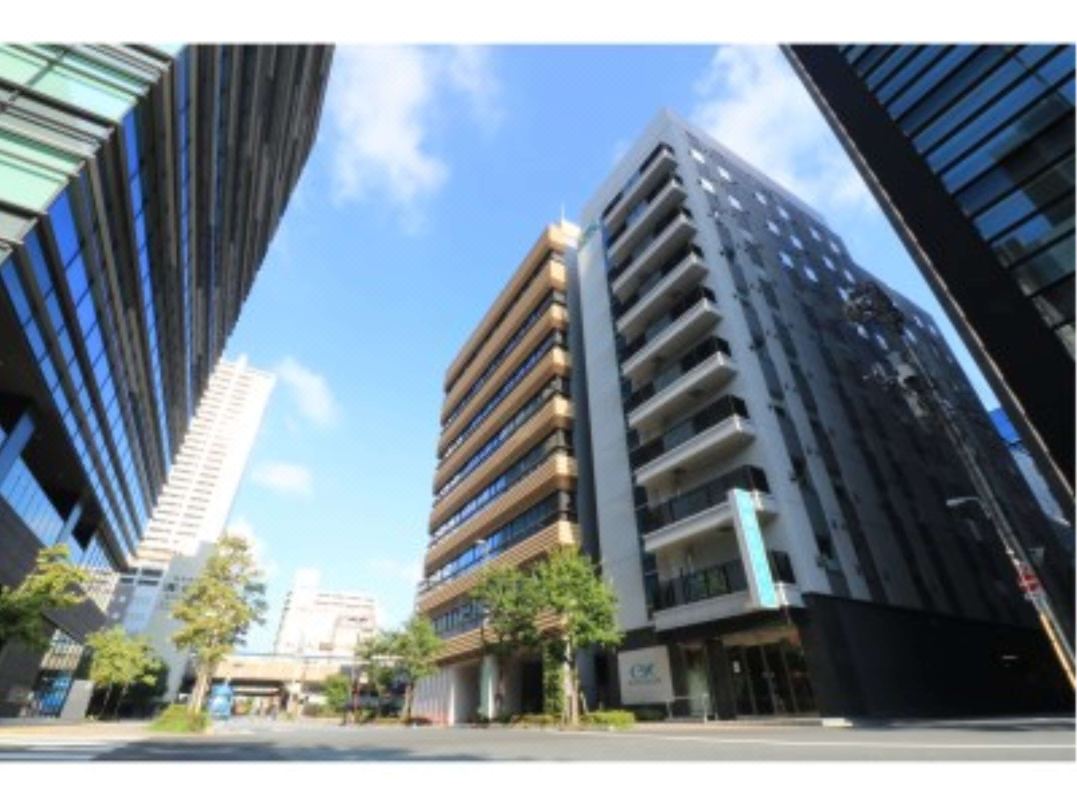

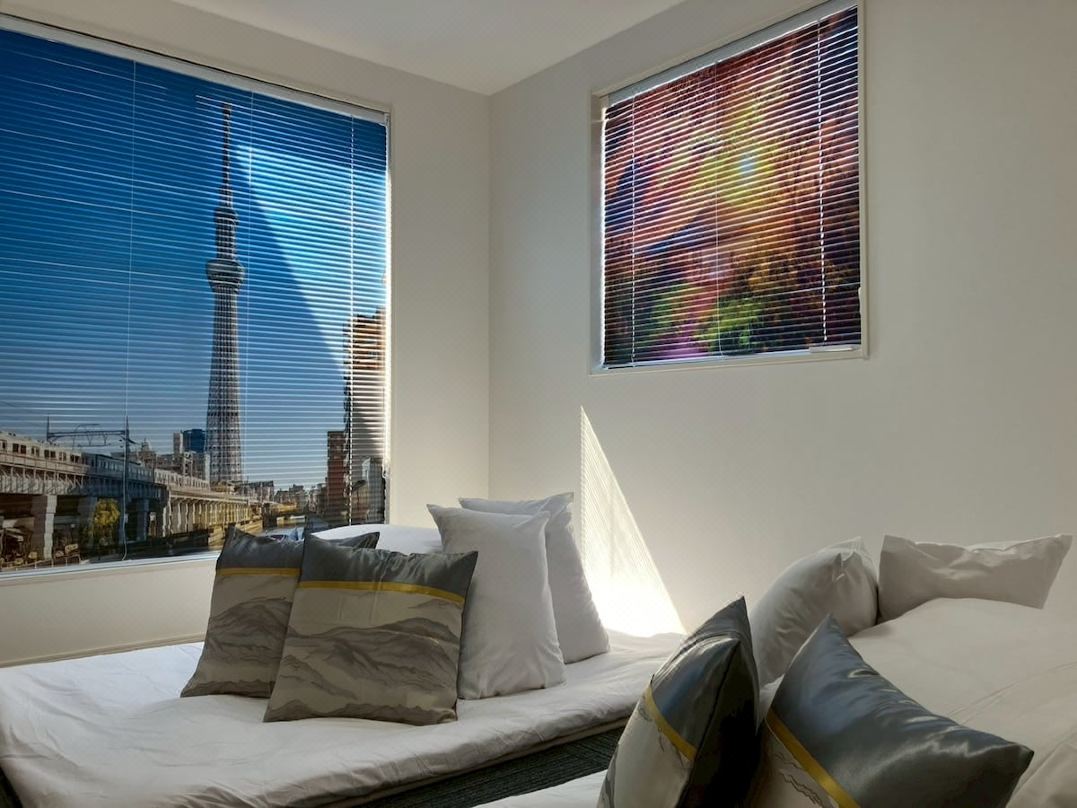

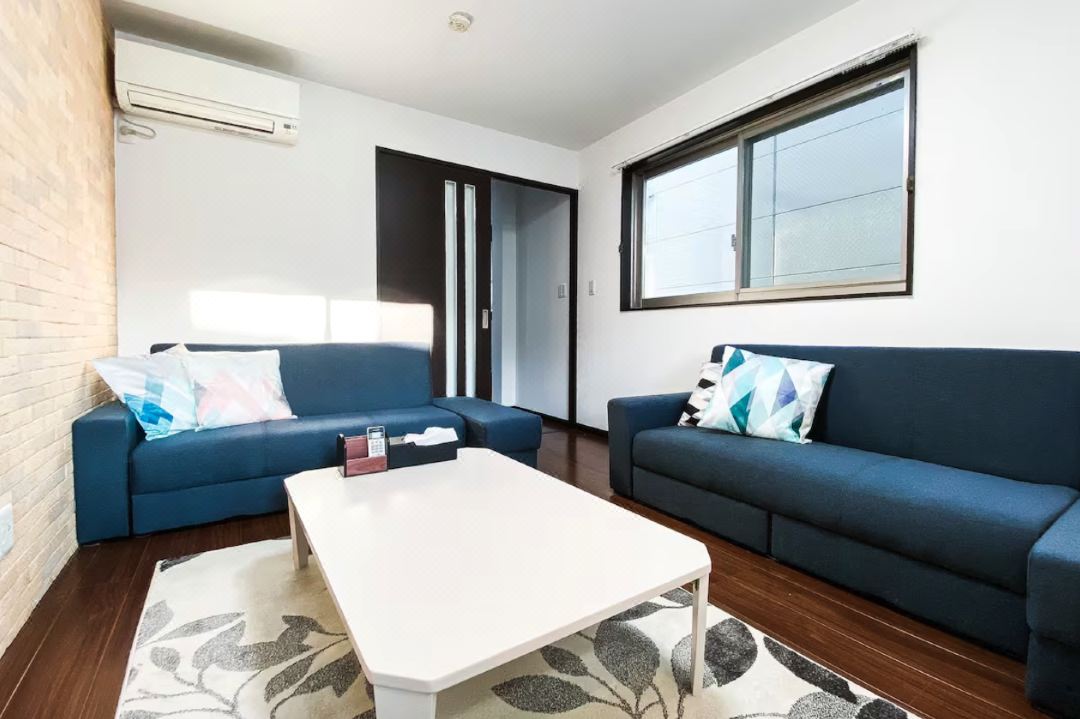


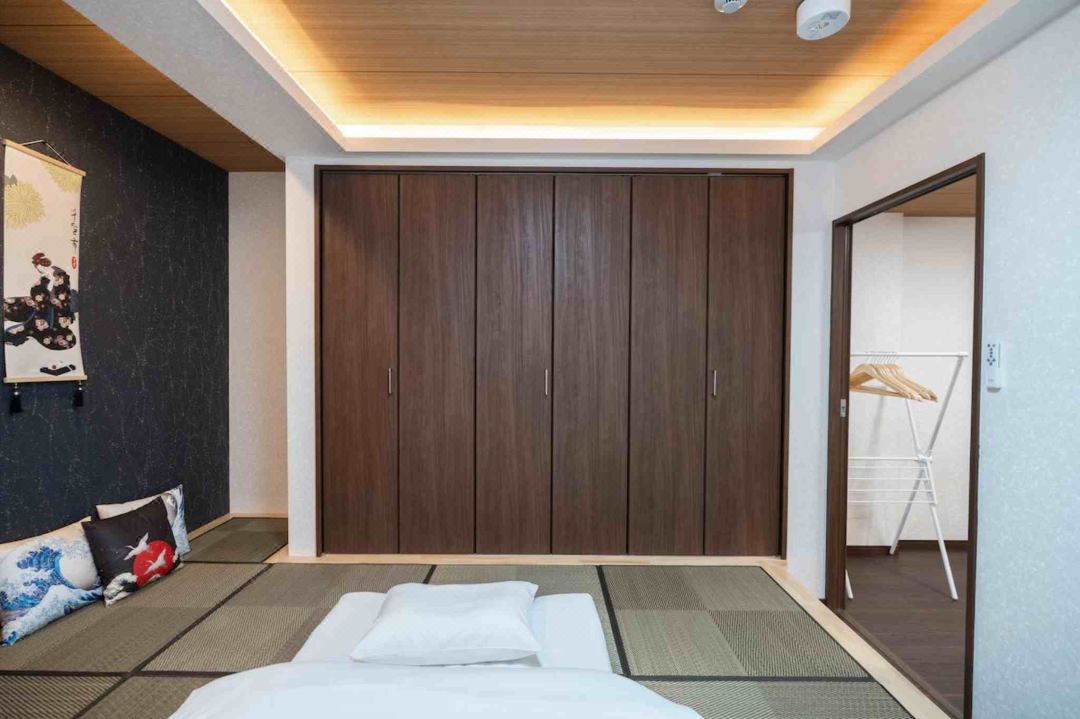
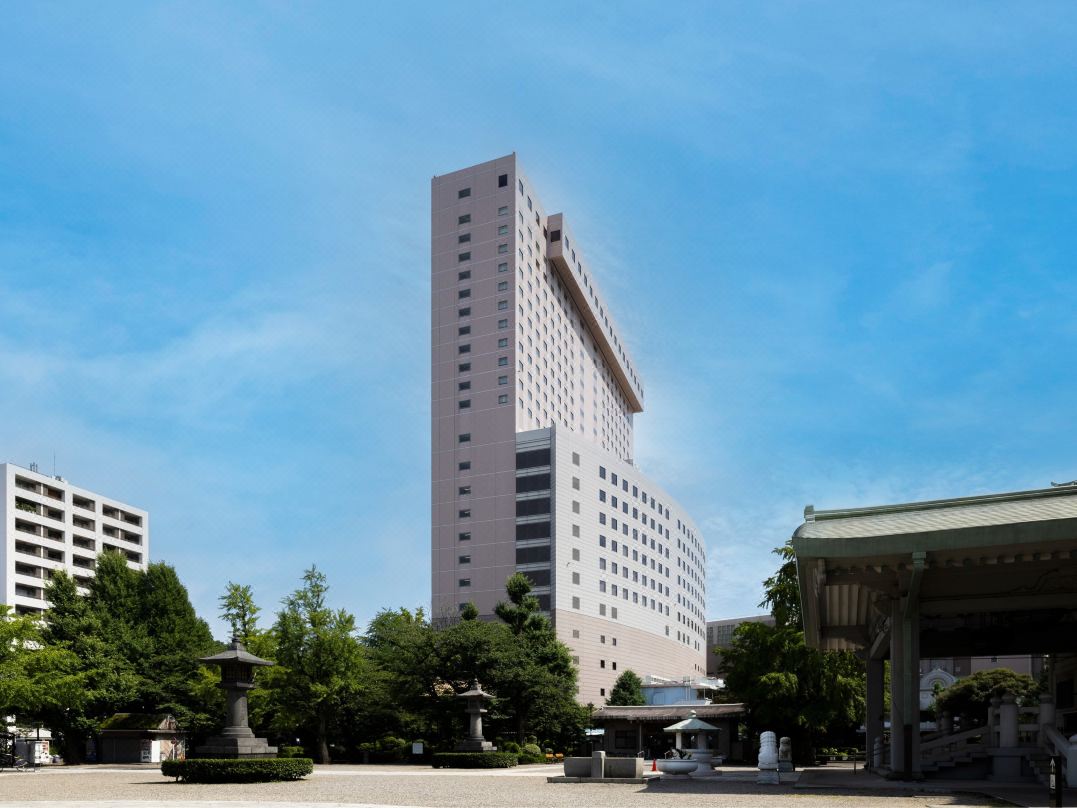






























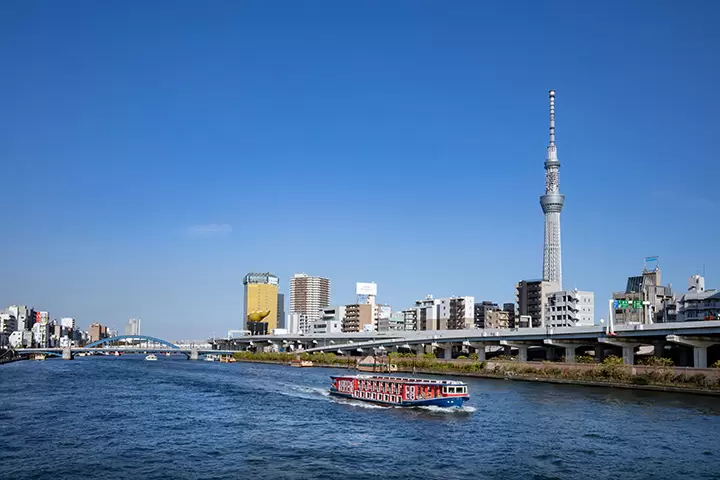


![[Just a short distance from Nagoya] Popular Taiwanese YouTuber Alan tours Aichi, Tokoname!](https://resources.matcha-jp.com/resize/720x2000/2026/01/08-255181.webp)
